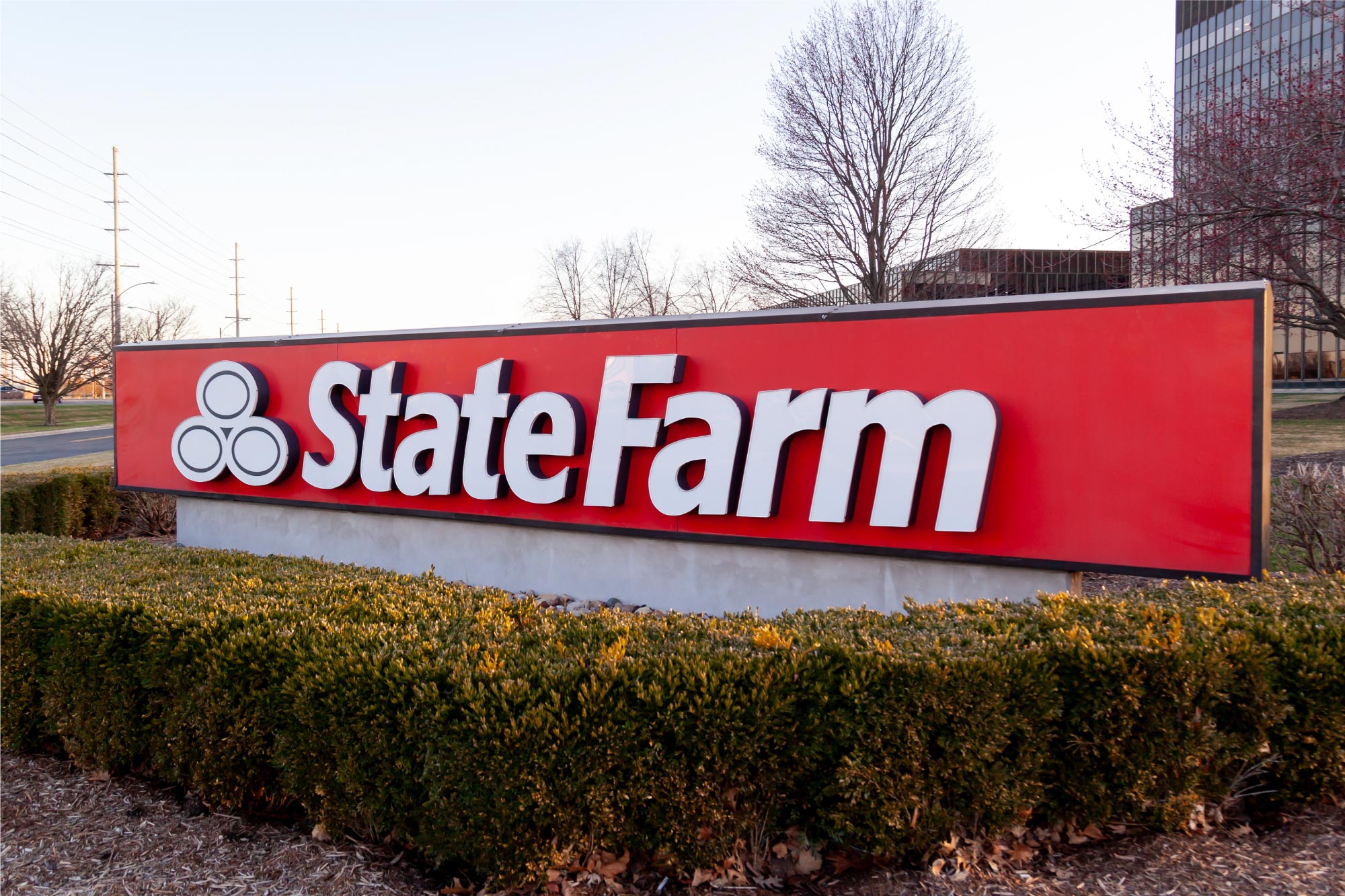Insurance Commissioner to Hold Discussion to “Fix” Insurance Markets
The next phase of the Commissioner’s “Sustainable Insurance Strategy” intended to ultimately safeguard Californians’ access to insurance by provisioning for catastrophe modeling regulation that promotes transparency, insurance availability, and wildfire safety.
California’s Insurance Commissioner, Ricardo Lara, released his concept for catastrophe modeling regulation that is intended to help restore options for all Californians, the latest phase of a so-called “Sustainable Insurance Strategy” to safeguard the integrity of the state’s insurance market. The Department of Insurance will hold a public workshop on April 23, 2024, to take public input before starting the process of submitting the regulation for approval by the Office of Administrative Law. The Department of Insurance has set a December 2024 goal of enacting the state’s largest insurance reform in over 30 years. It follows Commissioner Lara’s release last month of a new regulation to improve oversight and handling of insurance rate filings.
Catastrophic insurance losses are defined as those that are larger and affect multiple policyholders as a result of a severe event, such as a wildfire affecting dozens of homes compared to a common house fire. For more than 30 years, California regulations have allowed insurance companies to apply a catastrophe factor to insurance rates based on historical wildfire losses. These outdated rules have contributed to rate spikes and balloon premiums following major wildfire disasters without fully accounting for the growing risk caused by climate change or risk mitigation measures taken by communities or regionally, as a result of local, state, and federal investments.
Currently, the Department of Insurance allows the use of catastrophe models for earthquake losses and fire following earthquake. The proposed regulation expands the allowable use of catastrophe models to include wildfire, terrorism, and flood lines for homeowners and commercial insurance lines. Catastrophe models are computerized processes that simulate potential catastrophic events. Catastrophe models have been rapidly evolving since their introduction in the 1980s, incorporating historical data, technology, scientific research, engineering methods, and statistical analysis to model complex scenarios and events. Catastrophe models were developed to estimate the probability of loss due to extreme weather events but have expanded to apply to non-weather risks including casualty or liability loss, terrorism, and cyber-attacks.
Commissioner Lara’s strategy addresses a major limitation of Proposition 103, passed by voters in 1988. Under that law, insurance companies are free to propose rates at any level needed to cover future losses but, unlike public utilities, are not required to cover all residents. With the combination of climate-intensified disasters, rising costs of repair and rebuilding, and global economic forces, major companies have increased rates while pulling back from higher-risk properties where the FAIR Plan is now the only option. The FAIR Plan is available to California residents and businesses in urban and rural areas who cannot obtain insurance through a regular insurance company.
“My Sustainable Insurance Strategy is intended to address decades-long neglected issues. Under outdated rules, the growth of climate-driven mega fires has supercharged insurance costs for many Californians while making insurance harder to find,” said Commissioner Lara about the second in a series of a proposed regulatory changes where he is seeking public comment and review. “We can no longer look solely to the past as a guide to the future. My strategy will help modernize our marketplace, restoring options for consumers while safeguarding the independent, transparent review of rate filings by Department of Insurance experts, which is a bedrock principle of California law.”
Commissioner Lara’s proposed regulation is intended to have the following benefits for Californians:
- Reliable Rates: Insurance customers would have stable costs than under current regulations, which have resulted in sudden and steep increases for those at higher risk of wildfire.
- Greater Availability of Insurance: Insurance companies would increase their writing because they can better anticipate future losses, rather than making abrupt decisions to non-renew higher-risk policyholders, pause writing, or rapidly increase rates.
- Stronger Oversight: The Department of Insurance will have strong public oversight of modeling, which is already being widely used by insurance companies outside of rate-making and across the nation. The Department will have access to models and build expertise, so California can continue to lead on consumer protection.
- Safer Communities: Catastrophe models can capture efforts taken by federal, state, and local governments, property owners, communities and utility companies to mitigate the exposure of communities to catastrophic events – encouraging and rewarding those efforts.
The proposed, new regulation corrects a major shortfall of using historical data, which fails to account for wildfire mitigation. The regulation specifies that any model must incorporate the best available scientific information on risk mitigation at the property, community, and landscape scales, including risk mitigation initiated by local and regional utility companies. This forward-looking change will also enhance a recent regulation that Commissioner Lara spearheaded and now enforces, requiring wildfire safety discounts for homeowners and businesses and aligning with record investments in wildfire mitigation by Governor Newsom and the California Legislature.
The proposed regulation complies with California’s strong consumer protection laws, which requires that anytime an insurance company seeks to change its rates, it must provide a complete rate application with all information that the Insurance Commissioner requires for review. The proposed regulation creates a new process for review of models by a panel of experts overseen by the Department of Insurance — before insurance companies can use them in a rate filing and meet the stringent transparency requirements under Proposition 103. The panel would evaluate the appropriateness and soundness of each model and a Department of Insurance official would determine what information about the model must be included in rate applications. Any member of the public can participate in this review.
The Department of Insurance will hold a public workshop to take input on the proposed regulation on April 23, 2024, at 2:00 p.m.
Shared by the Apartment Association of Greater Los Angeles (AAGLA.org)








